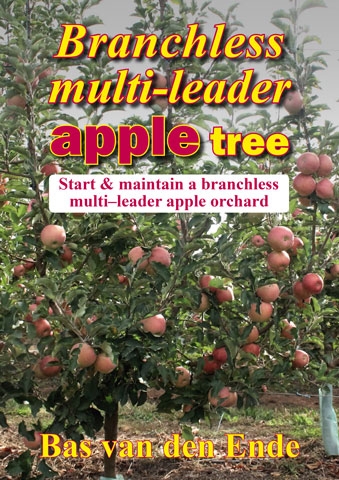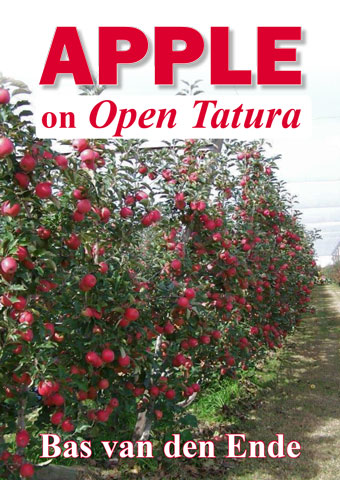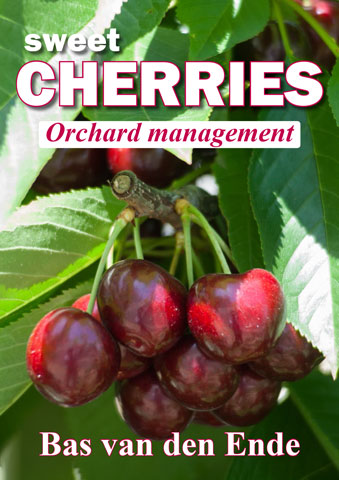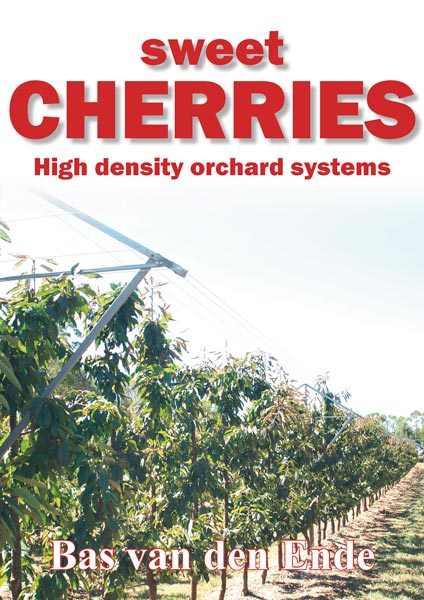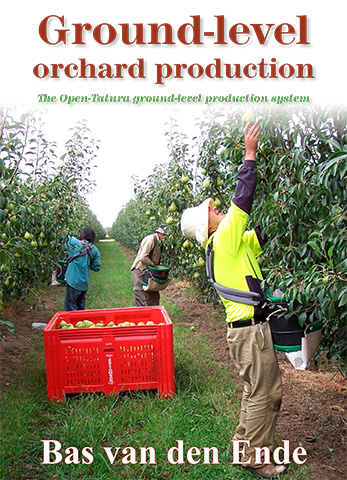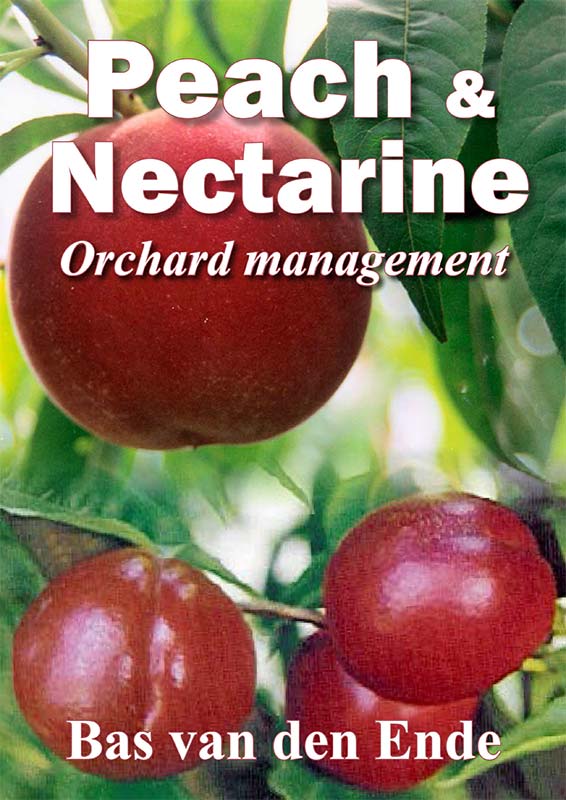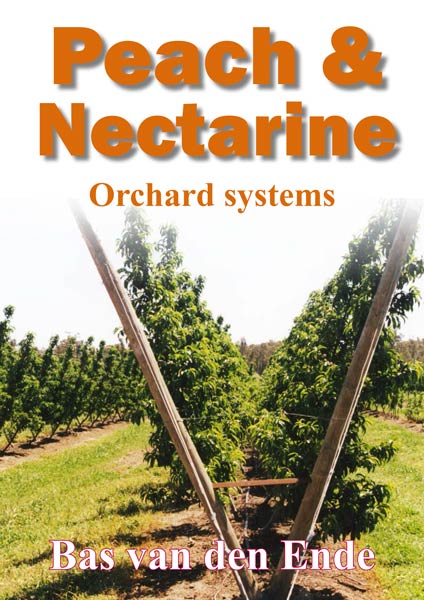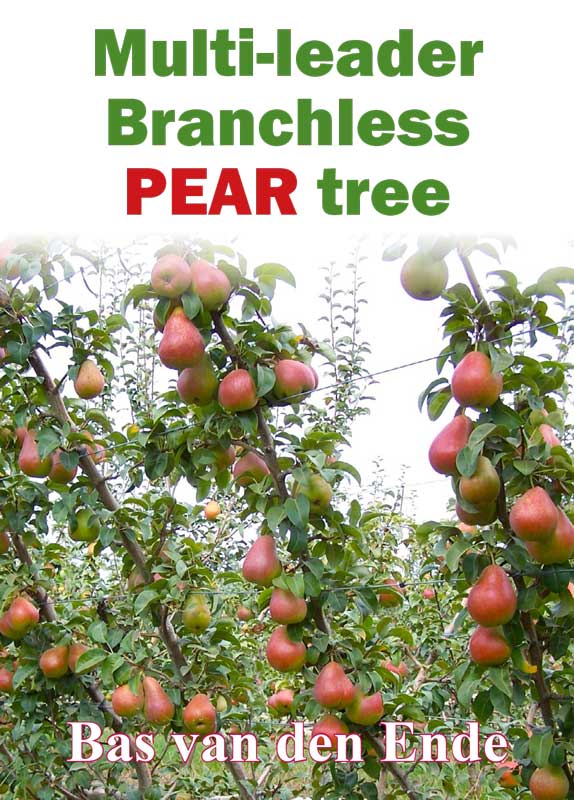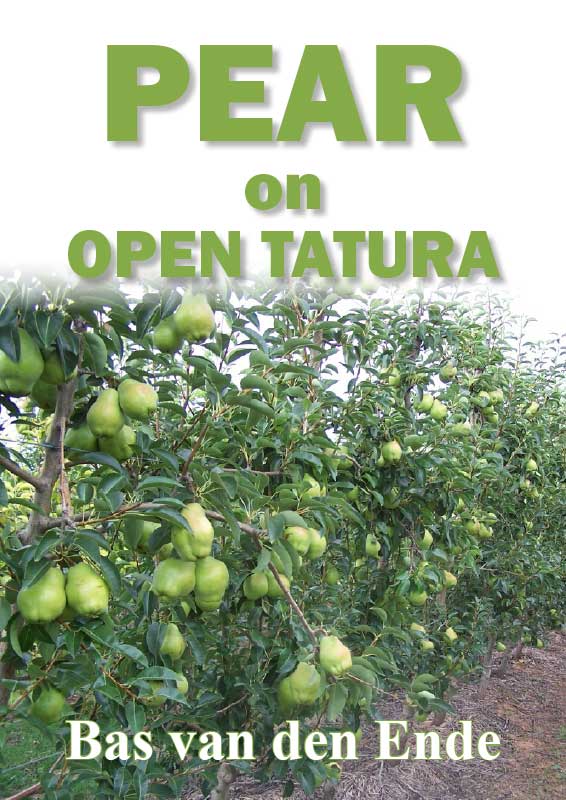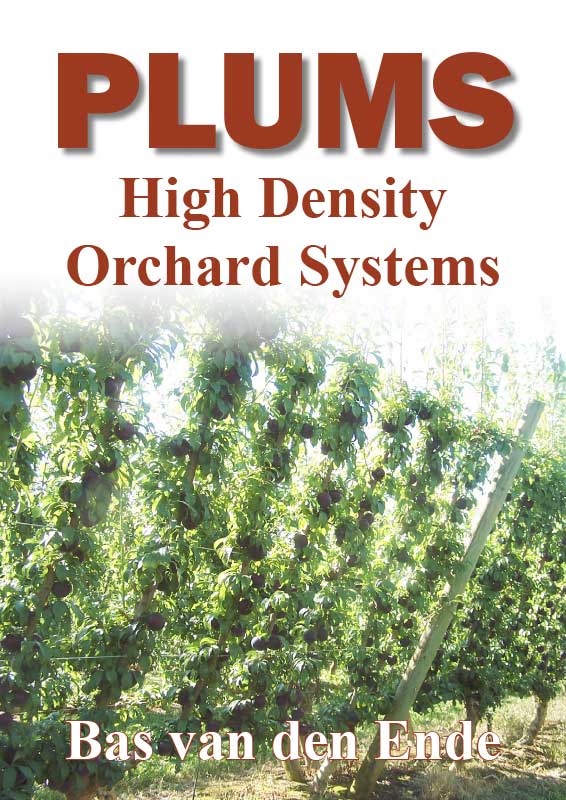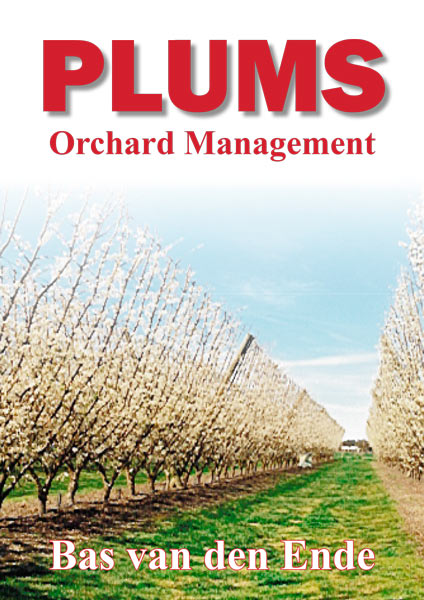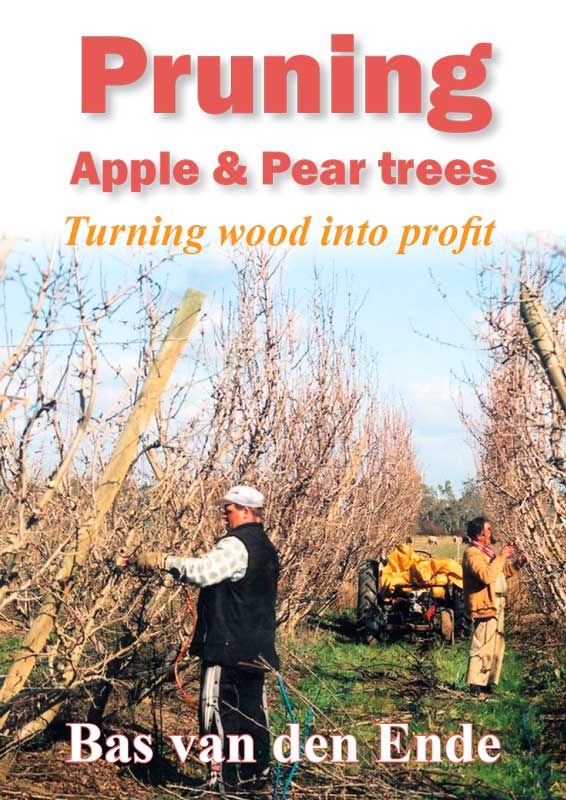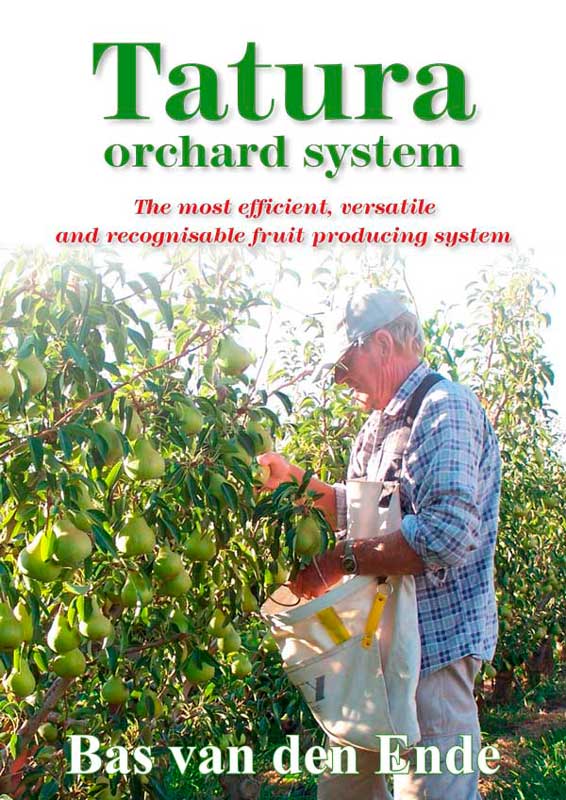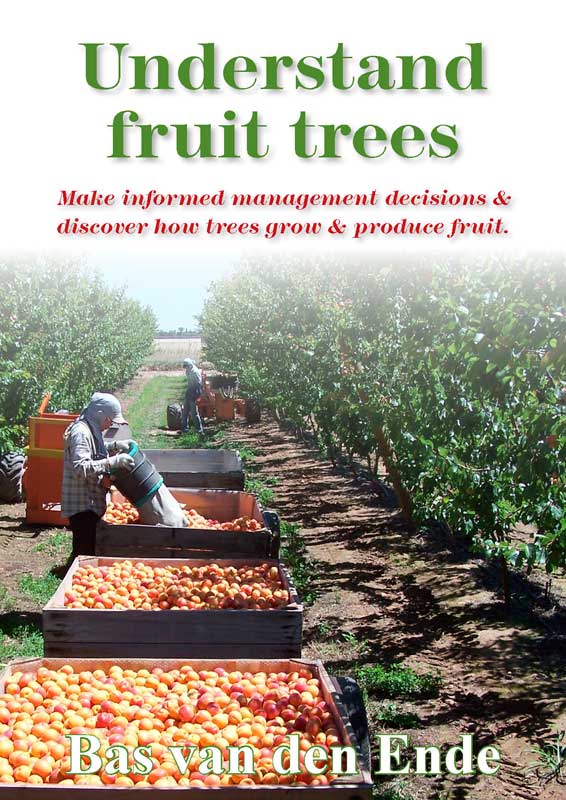I have come across mealybug in other horticultural crops such as grapes and pears but prior to this season it has not been a cause for concern in apples.
I have observed mealybug in apples before but it has not resulted in the loss of crop or the downgrading of fruit.
This season for the first time, I witnessed crop loss because of mealybug infested fruit (see photo).
Mealybug can complete up to three generations a year depending on the season. They shelter in leaf axils, under bark, and in the calyx of fruit.
The mealybugs don’t inflict direct damage on apples, instead the pest excretes a honeydew substance which can then be a suitable source for sooty mould to develop.
It is this sooty mould which can result in the fruit being rejected or downgraded.
Another potential issue is in export markets where there is minimal tolerance for such pests.
Limited control measures
Control measures available for targeting mealybug in apples is limited.
The pest appears to have very few effective predators and once a block becomes infested it can be difficult to eliminate and becomes more of an on-going management issue from season to season.
If insecticides are required I think they are best applied early in the season when the mealybug crawlers and nymphs emerge.
They appear to emerge in the spring and move onto young developing shoots to feed.
As the fruit develops and the leaves toughen up, (if not controlled), they can move into the calyx of fruit and from there move into the heart of the apple.
They need to be controlled before they are able to move into the calyx of the fruit.
Monitoring & agrichemicals
Sumitomo’s insecticide, Samurai, is one of the few registered products for control of mealybug in apples.
If mealybug is a cause for concern, then monitoring can be a valuable tool.
Monitoring can assist managers to make decisions on timing of sprays when thresholds are exceeded.
See the photo of mealybug infested fruit in the May-June 2012 issue of Tree Fruit
